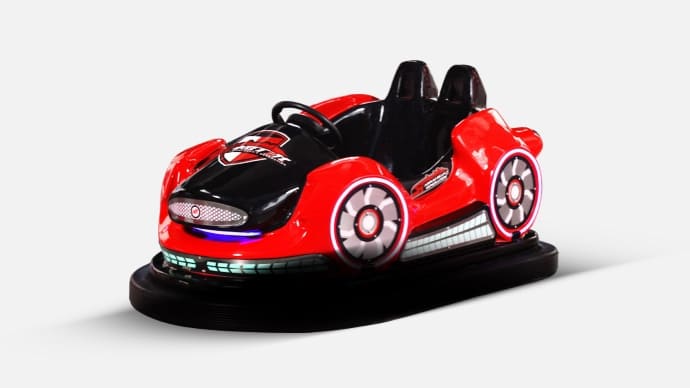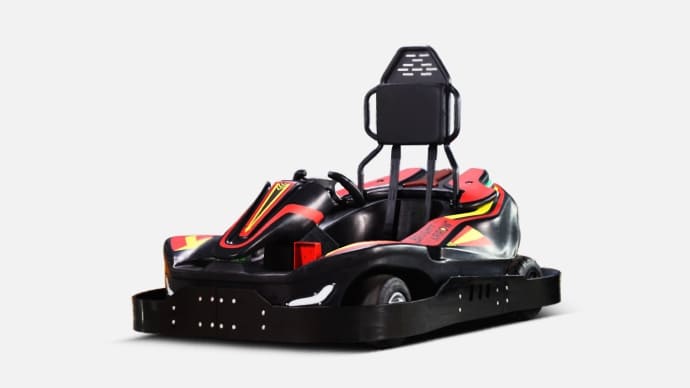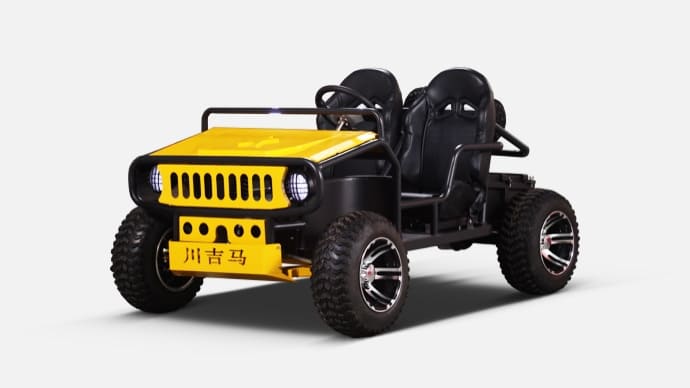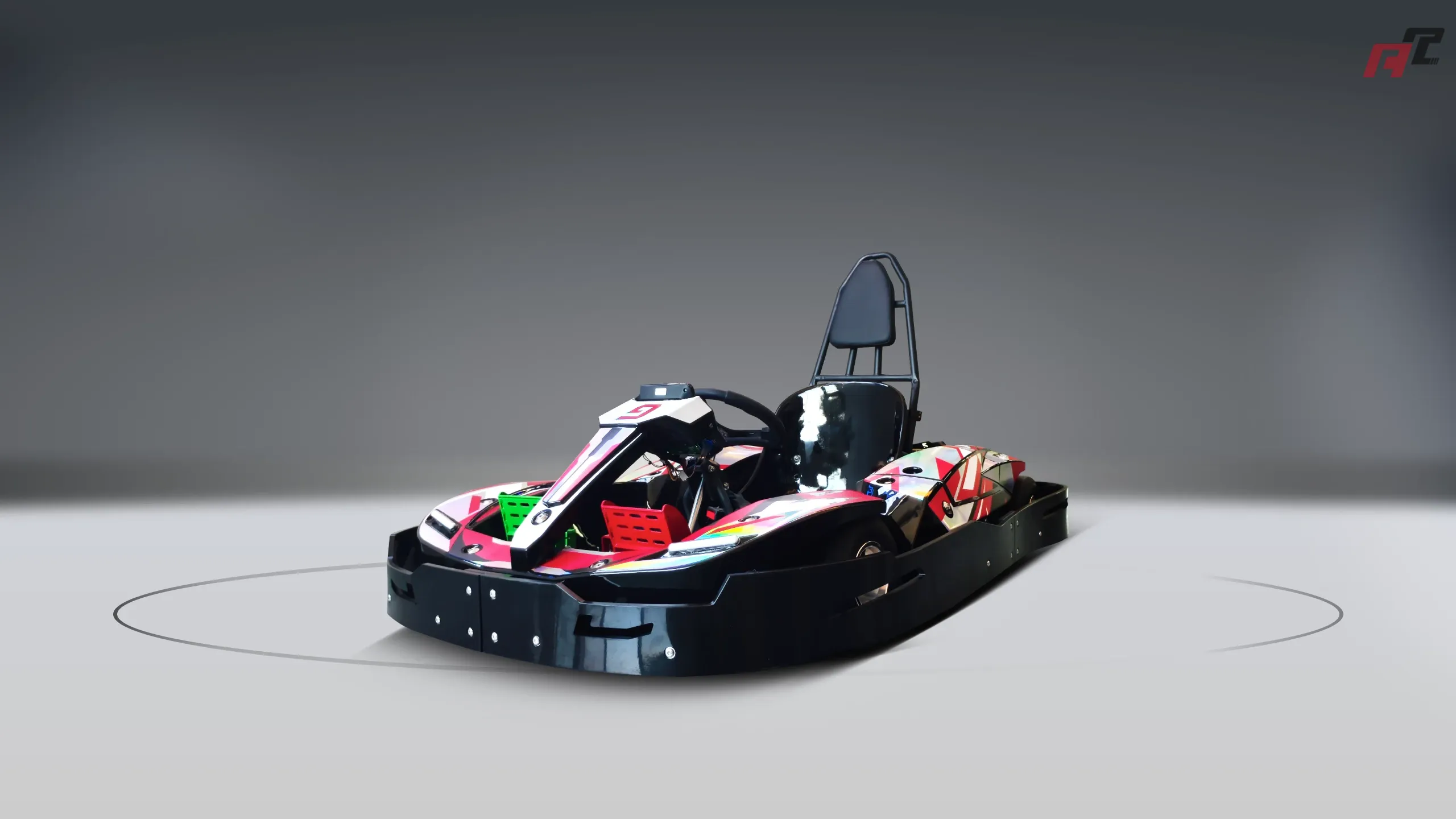can bumper cars electrocute you | ANCHI Guide
Explore the safety of bumper cars and the risk of electrocution. Learn about the power systems, safety mechanisms, and common misconceptions surrounding this popular amusement ride. Get safety tips for a worry-free experience.
Can Bumper Cars Electrocute You?
Bumper cars, also known as dodging cars or bumping cars, are a popular amusement ride consisting of several small, electrically powered cars that riders drive around a closed arena, attempting to bump into each other. The question of whether bumper cars can electrocute you is a common concern, especially for parents and those unfamiliar with the ride's mechanics. Let's explore this question in detail.
How Bumper Cars Get Their Power
Bumper cars typically receive their power from one of two systems:
- Overhead Grid: This is the most common system. A metal grid is suspended above the arena, and a pole extending from the back of each car makes contact with the grid, completing the electrical circuit. The floor of the arena acts as the return path for the current.
- Floor-Based System: In this less common system, the floor is divided into alternating conductive strips, one carrying the positive charge and the other the negative. The cars have contacts that touch both strips, completing the circuit.
Both systems operate at relatively low voltage, typically around 90 volts DC. This voltage is sufficient to power the car's motor but is generally considered safe under normal operating conditions.
The Risk of Electrocution
While bumper cars use electricity, the risk of electrocution is very low for several reasons:
- Low Voltage: The voltage used in bumper cars is not high enough to cause serious electrocution under normal circumstances. While a shock is possible, it's typically mild and not life-threatening.
- Safety Mechanisms: Bumper car systems are designed with safety in mind. Fuses and circuit breakers are in place to cut off the power supply in case of a fault or short circuit.
- Insulation: Wires and electrical components are insulated to prevent accidental contact. Regular maintenance ensures that this insulation remains intact.
Common Concerns and Misconceptions
- Water: Water can increase the risk of electrical shock. Bumper car arenas are typically indoors, protected from rain. If water were present, the ride would likely be shut down for safety reasons.
- Exposed Wires: While the thought of exposed wires is alarming, regular inspections and maintenance should prevent this. Report any visible damage to ride operators immediately.
- Children: While the voltage is low, children are more susceptible to electrical shock than adults due to their smaller body mass. However, the risk remains very low under normal operating conditions. Children should always be supervised while riding bumper cars.
Safety Tips for Riding Bumper Cars
- Follow Instructions: Always listen to and follow the instructions provided by the ride operators.
- Stay in the Car: Keep all body parts inside the car while the ride is in motion.
- Report Issues: Immediately report any concerns, such as sparks, unusual noises, or exposed wires, to the ride operators.
- Supervise Children: Ensure that children are properly seated and understand the rules of the ride.
Conclusion
While bumper cars do use electricity, the risk of electrocution is minimal due to the low voltage, safety mechanisms, and regular maintenance. By following safety guidelines and remaining aware of your surroundings, you can enjoy this classic amusement ride with peace of mind.














